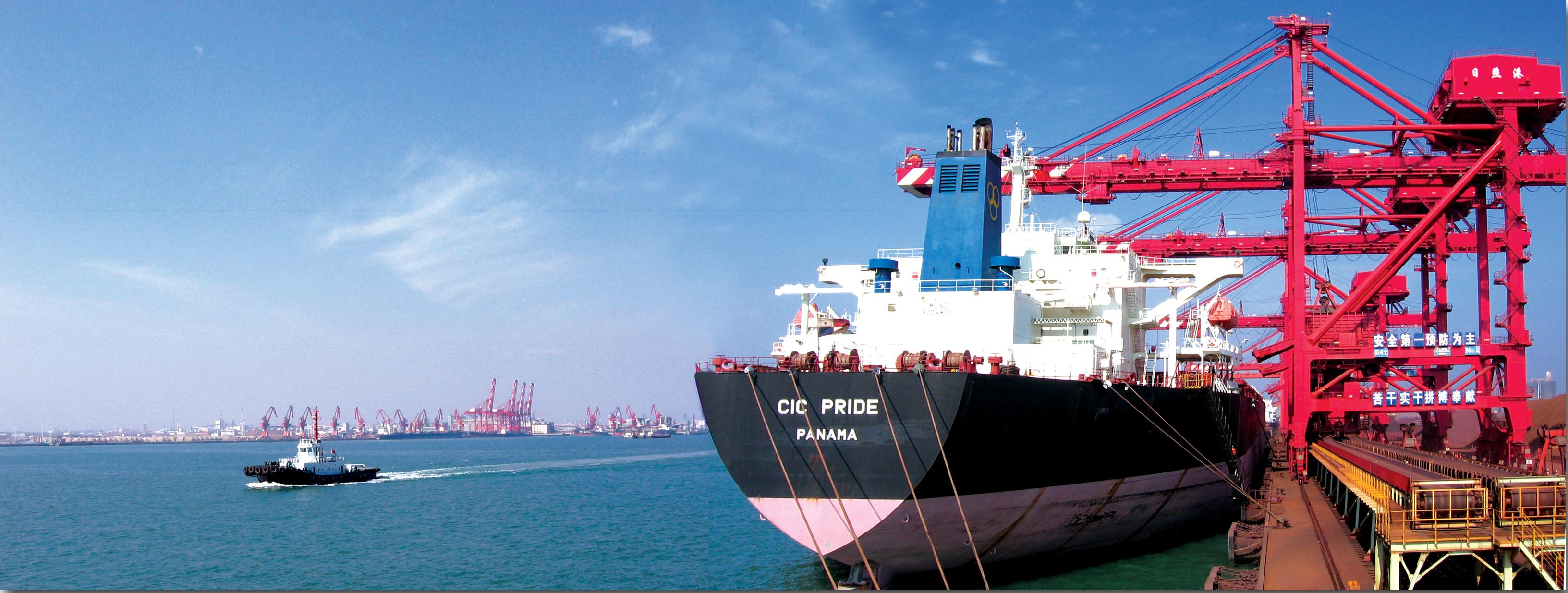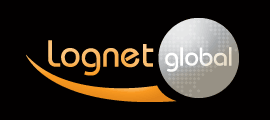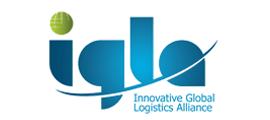Maersk shipping routes selling who is “the disk access man”

- Date: Apr 25, 2017
- Comments: no comments
- Categories: News
Recently, the EU has conditionally approved the acquisition of Maersk Line in Hamburg, South America, the deal was scared of a city, but in order to achieve the end of the year to complete the transaction, Maersk Line shipping need to continue to cut off, selling assets is imperative Will a round of bid for a bid
According to Maersk Line, the acquisition of Hamburg, South America, the entire process will be completed by the end of 2017. Prior to this, the merger must be the EU, the United States, China, Australia, South Korea and Brazil and other countries and regional regulatory agencies anti-monopoly review. And to reduce market share in accordance with regulatory requirements or to provide remedies for potentially impaired stakeholders.
In this case, the end of last year there is an analysis that Maersk shipping or will sell its assets. In early April, Maersk Line announced the sale of Mercosul Line, a Brazilian subsidiary, to be reviewed by the Brazilian Economic Support Administration (CADE), a Brazilian antitrust regulator.
Selling South American assets
On April 10, EU antitrust regulators conditionally approved Maersk Line’s acquisition of Hamburg, South America. EU regulators believe that the new company after the completion of the transaction will face the problem of lack of competition, so the conditions for Hamburg to South America from the Nordic – Central America / the Caribbean route, the Nordic – South America West Coast route, the Nordic – Middle East routes, the Mediterranean – South America West Coast route And the Mediterranean – South America on the east coast of the five routes of cooperation in the operation of the exit, of which three routes related to South America, we can see the South American market is the focus of this regulation of the EU.
In fact, from the perspective of Maersk shipping, of course, hope that after the acquisition of Hamburg, South America, as much as possible to retain its precious route resources, but this is difficult in the actual operation, first of all the regulatory authorities is difficult to pass. Maersk Line is currently facing such problems in the South American market.
Maersk Line and Hamburg South America have a large market share in both European and South American trade routes. Maersk Line has a subsidiary in Brazil Mercosul Line, with five capacity, responsible for the coastal transport of Brazil. At the same time, Hamburg South America also has a subsidiary in Brazil – Alianca shipping. In terms of market share, Mercosul Line and Alianca shipments will account for about 80% of the entire South American East Coast shipping market if Maersk Line has completed control of the Alianca ship after the acquisition of Hamburg in South America. Market share is too large, the Brazilian anti-monopoly regulators will not allow such things happen. Since Maersk Line has made it clear that it will retain Burger South America and Alianca shipping brand, therefore, selling Mercosul Line is the only viable concession option.
If the original fleet of the acquisition of Hamburg, South America, then the two will not have so much of the superposition of market share. But the reality is that although the management of Hamburg in South America is more likely to be acquired, but the parent company Autodesk asked to be cash transactions, and the hand of the Dafa can only be leveraged transactions, and ultimately contributed to the Interkee and Maersk shipping transactions The Although the two sides have not announced the purchase price, but the news that the transaction price of about 40 billion US dollars, which has 11.5 billion US dollars of idle funds Maersk, it is “a piece of cake.”
At the same time, for Maersk Line’s acquisition of Hamburg, South America, in addition to the strict supervision of the EU, it is expected that regulators in the United States and China will also propose changes to the transaction.
At present, in the North American – South American route market, the largest carrier is Hamburg, South America, the market share of about 31%, ranked second, third and fourth followed by Mediterranean shipping, Hebrew and Maersk shipping. Maersk Line acquired Hamburg after South America, the market share will be far more than the anti-monopoly regulatory red line, received by the US Federal Maritime Commission (FMC) on the cut line requirements almost on the staples.
In the Asian-South American route market, the largest carrier is Maersk Line, with a market share of about 22%, second to fifth, followed by Herbert (13%), Hamburg South America (12%), Ship (11%), Mediterranean shipping (10%). Maersk Line after the acquisition of Hamburg, South America, the market share will rise sharply to 34%, but also more than the anti-monopoly regulatory red line, is bound to receive the Chinese Ministry of Transport program modification requirements, which does not include Japan, South Korea and Singapore and other countries As well as regulators in Taiwan, may also propose to cut market share requirements.
Recalling the history of mergers and acquisitions, there are some similar cases. Last year, Herbert in order to avoid violating the EU competition laws and regulations, the smooth realization of the merger with the Arab ships, the initiative to withdraw from the Arabian ship in the transatlantic route market cooperation services route NEU1. In 2005, when Maersk acquired P & O Nedlloyd, in order to meet the requirements of competition regulations, they had to sell some of their resources in the South African route market.
Potential “the disk access man”
In connection with the above analysis, Maersk Line’s acquisition of Hamburg’s South American deal will be hampered by regulatory approvals in three North-South trade corridors in South America to North America, Europe and Asia, as well as on Brazilian regional market routes. In order to pass the regulatory approval, Maersk Line must cut market share on these four trade routes. Among them, the Brazilian regional market must sell its subsidiary Mercosul Line, in the three north-south route market can only sell route resources (including route agreements, joint routes of cooperation agreements and packaged sales loyalty customer resources, etc.). After the sale, Maersk Line will be able to sign the space sharing agreement (VSA) with the purchaser of the disk to maximize the utilization of both parties.
At present, the global liner industry capacity supply is still greater than the capacity needs. According to Maersk Group CEO Shisuo Ren’s estimate, the industry-wide capacity and the ability to hold orders and capacity, at least 2023 to meet the total market capacity before the demand. Therefore, in addition to a very small amount of scrapped capacity update, it is impossible for any company to take any large-scale custom-made new boat operations, especially large ships. In this case, Maersk Line’s in-service fleet capacity itself is a high-quality resource. Maersk Line will not be accompanied by the sale of capacity. In addition to the small number of charter due to return to the contract, most of the capacity due to the withdrawal line will be allocated to other routes.
So, which of the other companies will bid for the Mercosul Line to be sold and the shipping resources of Maersk Line? According to the author estimates, in the above four parts of the market, Maersk Line after the acquisition of Hamburg, South America after the market share is ranked first, and far ahead of competitors. Therefore, any company will not go beyond the regulatory framework of the anti-monopoly red line. In these several South American related routes, the market share of the competitors, that is, Hebrew, flew to the ship and the Mediterranean shipping the three European giants, most likely to participate in the bid.
Although Herbert’s annexation of the Arabian ship’s deal was pushed over and over again, the two companies recently agreed that they would be completed by the end of May. I estimate that once the new company is established, as long as the board of directors approved, you can participate in the purchase of Maersk Line to sell the route resources.
Another potential bidder, Fahrenheit, was already interested in the acquisition of Hamburg South America, just because it lacked cash to fall short. Maersk now shipping high-quality assets to sell, and do not need huge amounts of money, fly to the ship should be very interested.
As for the history of the acquisition of the company has not been interested in the Mediterranean shipping, there are indications that the original “family rules” may be loose. The latest example is the Valentine’s Day this year, the media have reported that the Mediterranean shipping and Italy Messina Group to discuss the acquisition (see the 1299 issue of “Elephants fell in love with a small squirrel?”). As a result, Mediterranean shipping is also likely to be involved in the sale of Maersk Line to sell the property.
Of course, do not rule out the relative market share of several other companies to participate in the possibility of bidding. For example, COSCO Shipping, Evergreen Shipping, Pacific Shipping and three Japanese companies (Nippon Yusen, MTR Mitsui and Kawasaki Steamship) may also be interested in the route resources of the Asian-South American route market, especially South American-Asian routes.
To sum up, under the pressure of regulators, Maersk Line sells assets in several markets involving South American trade, and there are a lot of potential buyers, but in the end who will be chasing, you have to see luck. Is the so-called “hand there is, hand slowly”, liner company “chop” opportunity to come.
As for Hamburg’s South American oil tankers and dry bulk fleets, its operating income accounts for about 7% of the company’s total revenue, how will it be sold? When to sell? It seems that Maersk Line’s current attention is only focused on the business sector, which can only be left to say later.







No Comments Yet.